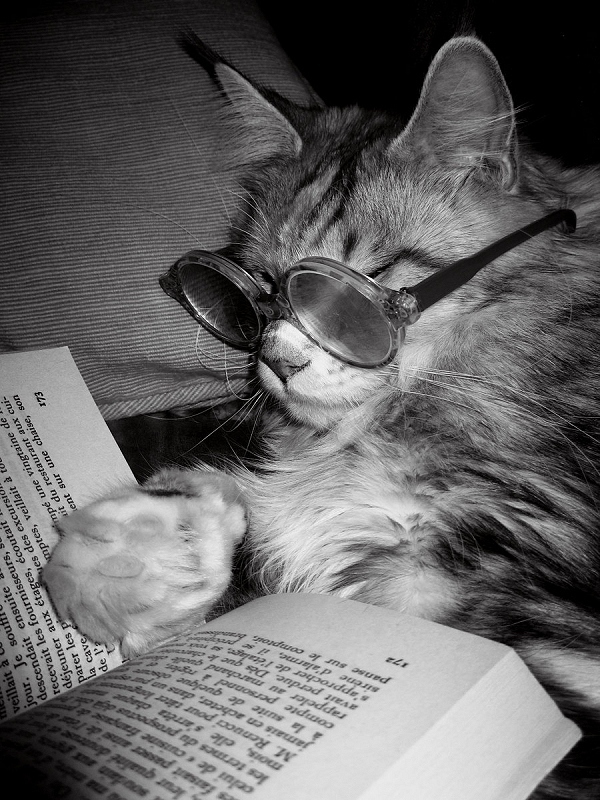How to Write Killer Blurbs

Blurbs are the brief summaries, usually on the back cover, that help readers want to buy your book. After seeing your title and book cover, most potential readers will flip the book over and read the back cover blub. Writing a killer blurb helps readers decide to buy and read your book.
Writing Tip for Today: Writing your book’s blurb is necessary and vital. Here are some tips:
Create Different Summaries
One of the most efficient ways to create a blurb is to start with your book’s tag line and synopsis. The synopsis is usually about 500+ words. The tag line should be only one or two sentences. Start with your tag line. EX: When a woman from a middle-class background falls in love with a man who then becomes partially paralyzed, she must decide if he’s still the same person as he was before his disability.
In your blurb, substitute your character’s name and two or three descriptors, whether it’s contemporary or historical and the location, plus the stakes.
Experiment with documents of varying lengths. For instance, you’ll need the 500-word version for agents or editors’ requests. You’ll need a much shorter version, say 150 words, for query letters or pitches. In one-hundred-fifty words, you’ll only be mentioning the main plot points or action.
Take this shorter version and modify it to make a blurb. If you take the time to construct these different summaries of your book, you’ll already have the correct length for your back-cover blurb.
Keep it Simple
One-hundred and fifty words isn’t much, so you’ll need to tease out your book’s main action and premise. Go back to your tag line. Expand this bare-bones description with three or four sentences containing strong active verbs. Don’t allow the character to decide anything until toward the end. Readers are more compelled if they see a character either forced into a situation or fighting their way out of it. Having choices implies lack of tension.
Picture our character on a game board. 1) Start: She falls in love with Poor Guy, but her folks forbid it. 2) She pushes back and goes with him anyway 3) she’s in trouble with fam, and then Poor Guy is paralyzed from the waist down. 4) Is he the same guy? Does his paralysis matter? 5) She chooses and faces the consequences of her choice. As you write your 150-word summary, move your character around the game board. What events cause him/her to advance? Only include those events. For some other great blurb tips, go here.
No Spoilers
The difference between a synopsis and a blurb is that with a blurb, you don’t reveal how things turn out. A blurb is a sales tool—you want your readers’ curiosities piqued so they’ll want to read your book. Many blurbs end with a question—number four in the example. We want to see that she has a goal, is willing to fight worthy obstacles to get it and is an interesting person in trouble. If you spoil the ending by writing it into the blurb, you remove the mystery and leave nothing for readers to discover. A strong blurb will either end with the question or show the character marching into a battle she/he may not want to fight. Use verbs such as must, force, struggle, battle or similar words to help readers see that the character’s journey is worth following.
Read the back cover blurbs of several books in your genre. Do they entice you to read them? Why or why not?




